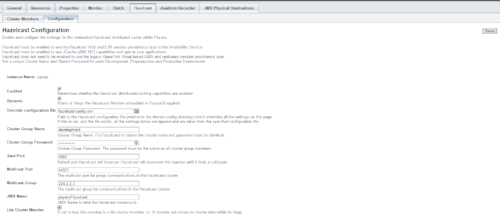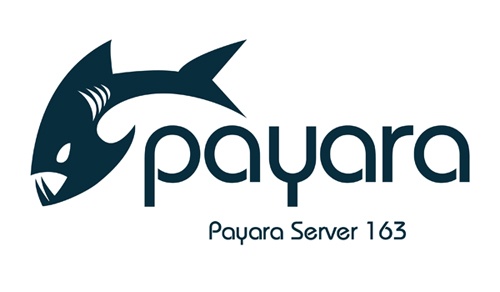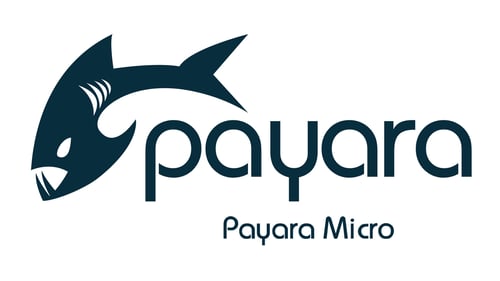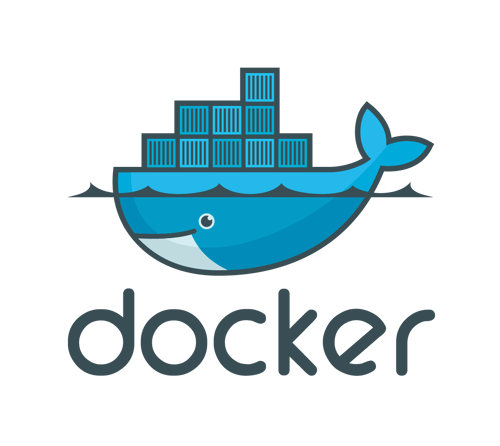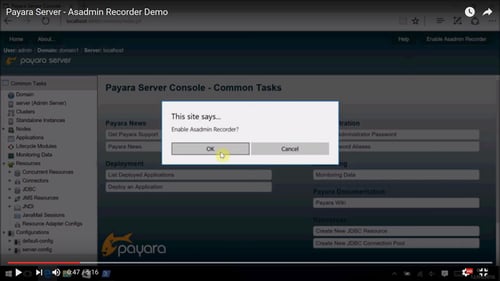Posts tagged What's New (10)
Payara Server Lite Nodes
Published on 09 Aug 2016
by Fabio Turizo
Topics:
What's New,
Payara Micro,
Microservices,
Hazelcast,
Caching,
Clustering,
Scalability
|
0 Comments
Payara Server 163 Sneak Peak - Improved Monitoring
Published on 29 Jul 2016
by Ondro Mihályi
Topics:
What's New,
Production Features,
Demo
|
0 Comments
Payara Team Q&A
Published on 21 Jul 2016
by Dominika Tasarz
Topics:
What's New
|
0 Comments
The recording of the Payara Team Q&A session, broadcasted live on Wednesday the 20th of July, is now available to watch on YouTube! Payara Engineering and Development Team answered questions from the community (listed below) and discussed Payara Server, Payara Micro, future releases, upcoming features, best practices, use cases and more.
Payara Server 162 - New Features Recap
Published on 18 Jul 2016
by Ondro Mihályi
Topics:
What's New
|
0 Comments
In this short video recap, Ondrej Mihalyi ( @OMihalyi )- Payara Support Engineer – gives you an overview of the Payara Server 162 Release Notes. Tune in to find out more about the most useful developer and operations features in Payara Server and Payara Micro 162, Payara Documentation update, new Docker images, new demos, how to contribute and more.
Join the Payara Team Live Q&A - 20th July, 4pm BST
Published on 06 Jul 2016
by Dominika Tasarz
Topics:
What's New,
Java EE,
Payara Micro,
How-to
|
2 Comments
Do you want to find out more about Payara Server, Payara Micro, future releases, upcoming features, bug fixes, our view on the latest industry trends, use cases or customer stories? Just post your questions in the comments below - our Payara Engineers' Panel including Mike Croft ( @croft), Ondrej Mihalyi (@Omihalyi), Fabio Turizo, Andrew Pielage ( @Pandrex247 ) and Dominika Tasarz ( @Dominislawa - event host) - will answer them during the 1-hour live Google Hangouts session!
Creating Uber JAR with Payara Micro 5
Published on 21 Jun 2016
by Fabio Turizo
Topics:
What's New,
Maven,
Payara Micro,
Microservices,
Docker,
Uber JAR,
DevOps
|
5 Comments
Payara Micro allows you to run web applications in a self-contained and easy way. Since the release of the Payara Server in May 2016, there is a simple way to generate an "Uber" JAR that bundles the contents of a WAR file and the classes and resources that compose Payara Micro!
Note that this "Uber" Jar is not the best way to run your application in a Docker container as it requires an update of the entire binary for each small code change you make in the application. A better solution is just to start a Payara Micro Instance and point to the application that needs to be installed. More information can be found on our Payara Micro Docker Image documentation.
(last updated 06/04/2021)
The HealthCheck Service In-Depth - Payara Micro
Published on 14 Jun 2016
by Ondro Mihályi
Topics:
What's New,
Payara Micro,
Microservices,
Ops Teams,
Healthcheck,
DevOps
|
1 Comment
The HealthCheck Service provides automatic self-monitoring in order to detect future problems as soon as possible. The HealthCheck Service was introduced in Payara Server and Payara Micro version 161 and some new metrics have been added in version 162.
All the functionality of the HealthCheck Service that is available in Payara Server is also included in Payara Micro. However, as Payara Micro differs in some concepts from Payara Server, the usage and configuration of the HealthCheck Service is slightly different. In this post, we will focus on how to use it in Payara Micro.
Payara Micro Maven Deployer - Demo
Published on 08 Jun 2016
by Andrew Pielage
Topics:
What's New,
Maven,
Payara Micro,
Microservices,
Demo
|
0 Comments
Payara Micro 162 can now deploy your artifacts stored in Maven repositories simply by providing the GAV coordinates. This should provide another option for continuous delivery scripts!
Payara Docker Images - Update
Published on 06 Jun 2016
by Mike Croft
Topics:
What's New,
Microservices,
Docker
|
2 Comments
Asadmin Recorder - New Payara Server Feature Demo
Published on 13 May 2016
by Andrew Pielage
Topics:
What's New,
Ops Teams,
How-to,
Admin,
DevOps
|
4 Comments
One of the most exciting new features in the Payara Server 162 release is the Asadmin Recorder - a tool especially useful for the Operations Teams!
Asadmin Recorder allows you to create runnable scripts of asadmin commands that mirror configuration done in the administration console. Have a look at our video walkthrough below for a quick overview of this new Payara Server feature.
